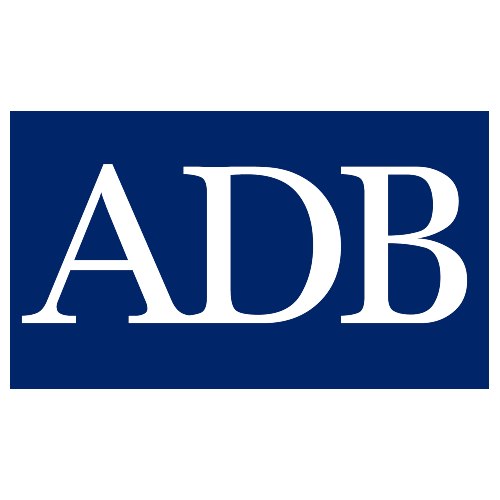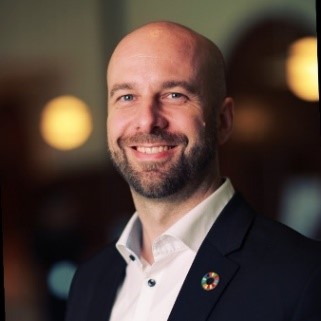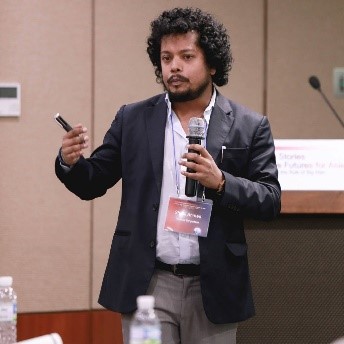Futures Thinking and Foresight Approach: For Building the Infrastructure of Tomorrow
Day 1, 4 May 2022, 1330 - 1430 IST
Session Annotation
This session will introduce the audience to futures thinking and foresight tools for development planning, policy making, and investment. Futures Thinking and Foresight can prove critical in building forward and building back better, given the uncertainties and complex transitions the world must navigate. The session will be led by the Asian Development Bank (ADB).
Session Overview
Futures thinking and foresight (FF) is a powerful strategic planning approach that can help countries address economic, political, social, environmental and climate change challenges. Futures thinking (the theory and methods), and foresight (the practical application) provides tools designed to help users identify emerging issues, negotiate uncertainties, articulate scenarios, develop a common vision of a desired future through wide participation, identify opportunities for innovation, and design robust policies and strategies1. The FF approach is particularly relevant in the context of disaster and climate change since the infrastructure community must pivot from working within established familiar parameters to dealing with much greater uncertainty while applying new ways of infrastructure planning and design.
Since 2018, ADB has developed a FF program and worked with several developing member countries (DMCs) to test futures thinking and foresight tools for development planning, policy making, and investment decision making (https://www.adb.org/publications/futures-thinking-asia-pacific-policy-makers). ADB has also worked on a sector deep-dives with the transport sector. A publication will be launched soon.
Considering these applications of FF tools, ADB can share experience of how FF can advance policy makers’ understanding and capacity to extend planning horizons, test assumptions, future proof projects, policies and programs and develop planning scenarios. This can help policy makers to consider disaster resilience more strategically and holistically in their planning efforts and in the prioritization of project and program financing.
Speakers
Partner Organizations









